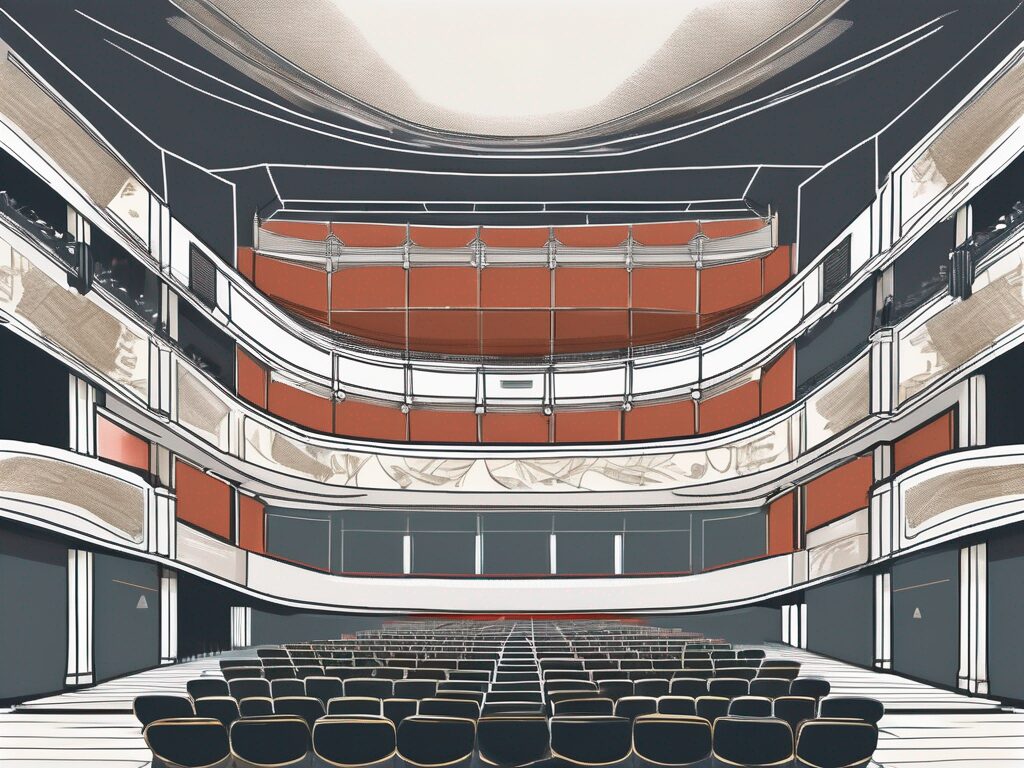The arts and humanities scene in Singapore is as diverse and vibrant as the city-state itself. With a rich cultural heritage and a forward-looking approach to innovation, Singapore offers a unique blend of traditional and contemporary approaches to the arts and humanities. In this article, we will explore four key approaches that define the arts and humanities landscape in Singapore.
1. Traditional Arts and Culture
Firstly, let’s delve into the traditional arts and culture in Singapore. This approach is deeply rooted in the city-state’s multicultural heritage, with influences from Malay, Chinese, Indian, and Eurasian cultures. It’s a bit like a hearty bowl of laksa – a blend of different ingredients creating a unique flavour.
Traditional arts in Singapore include music, dance, and theatre forms that have been passed down through generations. For instance, Chinese Opera, Malay Silat, and Indian Bharatanatyam are all integral parts of Singapore’s cultural tapestry. These art forms are not just preserved in performances, but also through educational programmes and workshops, ensuring their continuity and relevance.
Heritage Museums
Heritage museums in Singapore play a crucial role in preserving and promoting traditional arts and culture. Institutions like the Asian Civilisations Museum and the Peranakan Museum house extensive collections of artefacts and offer insights into Singapore’s diverse cultural heritage. It’s akin to stepping into a time capsule, offering a glimpse into the past while standing in the heart of a modern city.
These museums also organise exhibitions, talks, and workshops that provide a deeper understanding of traditional arts and culture. They serve as platforms for cultural exchange, fostering appreciation and respect for different cultures.
2. Contemporary Arts
Next, we turn our attention to the contemporary arts scene in Singapore. This approach is all about pushing boundaries and exploring new ideas, much like a cutting-edge skyscraper in the city’s skyline.
Contemporary arts in Singapore encompass a wide range of disciplines, including visual arts, theatre, dance, music, and film. These art forms reflect the city-state’s cosmopolitan identity and its position as a global arts hub. They challenge conventions, provoke thought, and engage audiences in meaningful dialogues.
Art Festivals and Biennales
Art festivals and biennales are key platforms for contemporary arts in Singapore. Events like the Singapore Biennale and the Singapore International Festival of Arts showcase works by local and international artists, fostering a vibrant and dynamic arts scene. It’s like a bustling hawker centre, where a variety of dishes (or in this case, art forms) are served up for the audience’s delight.
These events also provide opportunities for artists to collaborate, experiment, and push the boundaries of their craft. They stimulate creativity and innovation, contributing to the growth and development of the arts in Singapore.
3. Arts Education
Moving on, let’s discuss the approach to arts education in Singapore. This approach is focused on nurturing talent and cultivating an appreciation for the arts, similar to a well-tended garden blooming with diverse flora.
Arts education in Singapore is comprehensive and holistic, encompassing both practical and theoretical aspects. It is offered at various levels, from primary and secondary schools to tertiary institutions and beyond. The curriculum is designed to develop artistic skills, critical thinking, and cultural awareness.
Arts Institutions
Arts institutions in Singapore play a significant role in arts education. Institutions like the Nanyang Academy of Fine Arts and the LASALLE College of the Arts offer specialised programmes in various disciplines, providing a solid foundation for aspiring artists. It’s akin to a master chef imparting his culinary secrets to his apprentices, equipping them with the skills to create their own culinary masterpieces.
These institutions also foster a supportive environment for artistic exploration and growth. They provide platforms for students to showcase their work, gain exposure, and engage with the arts community.
4. Arts and Technology
Finally, we explore the intersection of arts and technology in Singapore. This approach is about leveraging technology to enhance artistic expression and audience engagement, much like a high-tech gadget that adds convenience and enjoyment to our daily lives.
Arts and technology in Singapore is a burgeoning field, with artists incorporating digital media, virtual reality, and other technologies into their work. These innovative practices redefine the boundaries of art, creating immersive and interactive experiences for audiences.
Digital Art Spaces
Digital art spaces in Singapore are at the forefront of this approach. Venues like the ArtScience Museum and the National Gallery’s Gallery Children’s Biennale offer exhibitions that blend art and technology, providing a glimpse into the future of the arts. It’s like stepping into a science fiction film, where art and technology coalesce to create a mesmerising spectacle.
These spaces also serve as platforms for artists to experiment with new technologies and push the boundaries of their craft. They inspire creativity and innovation, shaping the future of the arts in Singapore.
In conclusion, the arts and humanities in Singapore are a reflection of the city-state’s multicultural heritage, cosmopolitan identity, educational ethos, and technological prowess. With a blend of traditional and contemporary approaches, a focus on education, and an embrace of technology, the arts scene in Singapore is as diverse and dynamic as the city-state itself.
Empower Your Teaching Career with iPGCE
As the arts and humanities continue to evolve in Singapore, educators play a pivotal role in shaping the future of these disciplines. If you’re an educator looking to enhance your qualifications and embrace the dynamic educational landscape, IPGCE’s International Postgraduate Certificate in Education (iPGCE) is your gateway to success. With our program, you’ll overcome the barriers of stringent qualifications, enjoy a 50% increase in interview callbacks, and unlock new career progression opportunities with a 45% boost in promotion rates. Join a global network of professionals, gain a deeper understanding of international curricula, and balance your professional development with your current commitments through our flexible online study options. Don’t let inadequate credentials limit your potential. Join the UK’s #1 Teacher Training Course today and transform your career in the arts and humanities.

